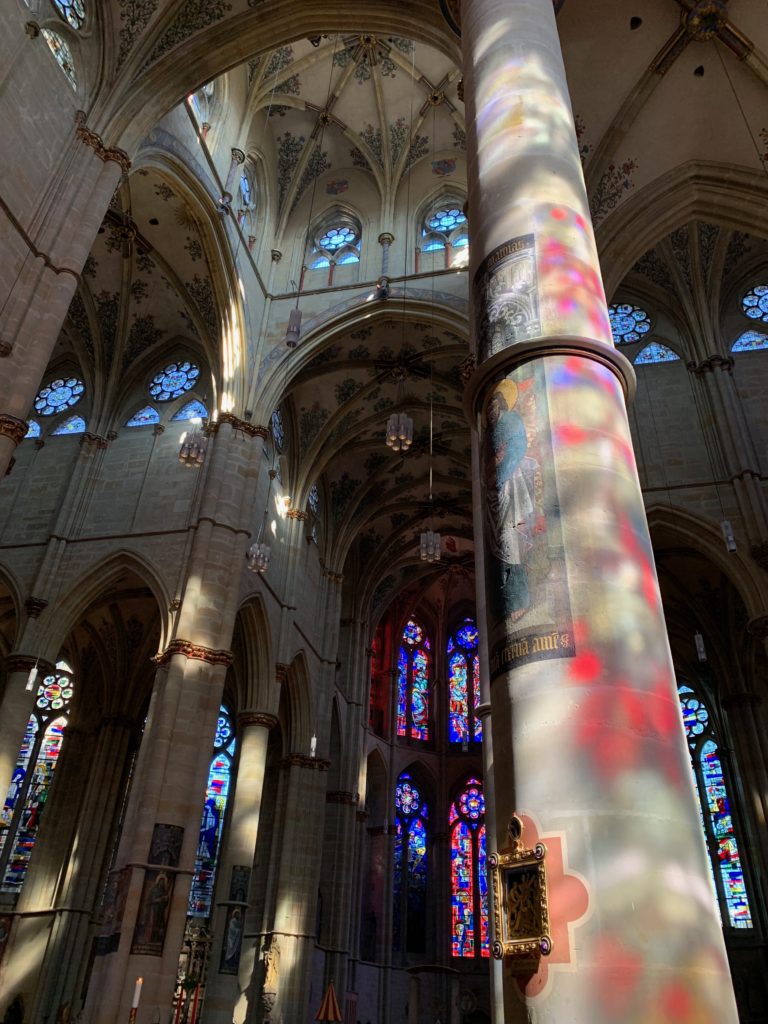
Last weekend I was trying to remember the first time I visited a place of historical and cultural importance. While I’m sure that there were preceding moments, the one I easily remembered was an unscheduled detour we’d often take when driving home to Cape Cod.
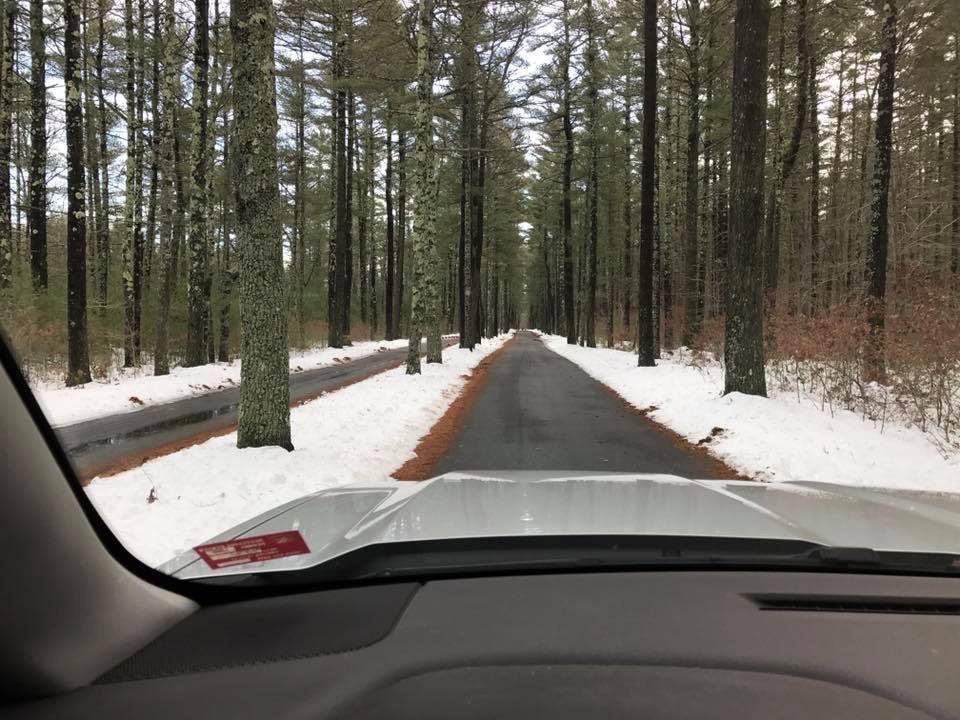
Located near Main Street in the little town of Carver, Massachusetts, you can turn off and ramble down parallel Savery Road— better known as the oldest divided highway in America. It’s not a terribly long stretch, and the view is rather unremarkable. Like the rest of beautiful Carver, tall pine trees abound and line the center of the “highway” division—effectively making the pines an 1860s version of a concrete barrier. These days most motorists zip past this small comma in history; if you’re in Carver at all you are likely headed for the sexier and less Frostian attractions of Edaville Railroad and King Richard’s Faire. But to each their own.
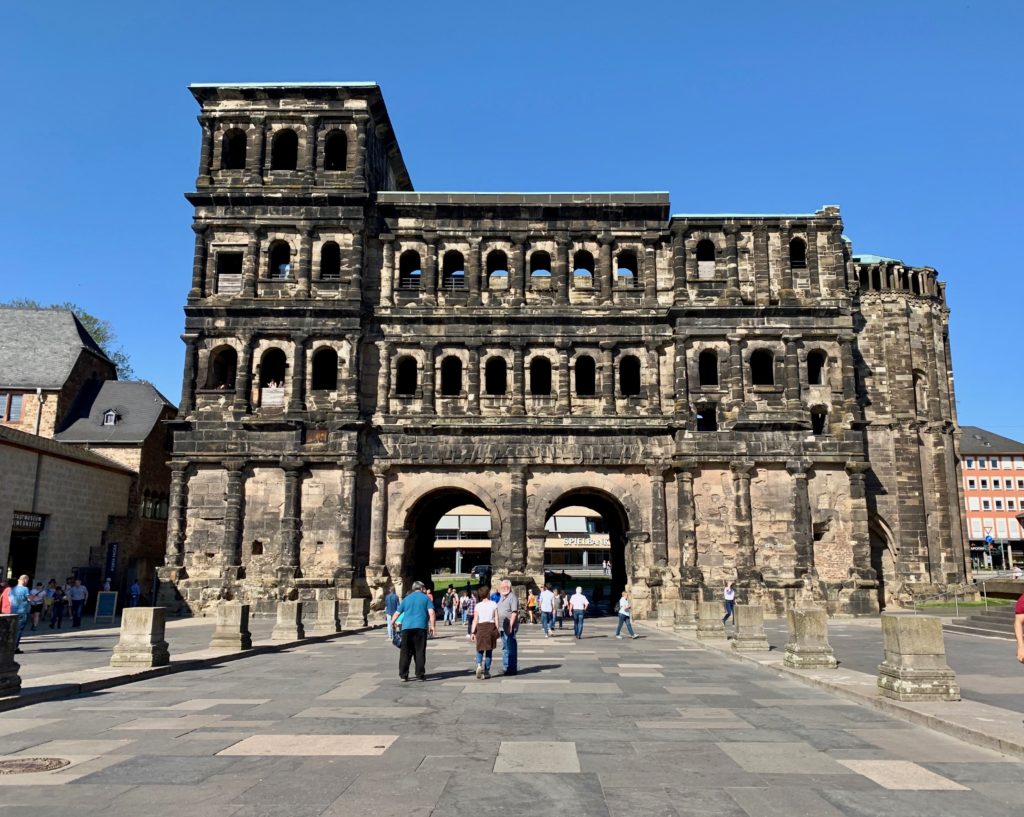
The Oldest Divided Highway seems like small potatoes—but last weekend I still thought about it while my brother and I stood in front of the impressive Porta Nigra in western Germany. Porta Nigra is the largest Roman city gate north of the Alps. The dark stone construction dates from 170 AD, and I can only tell you all of this because we found ourselves wildly Googling it after our hotel tourist map instructed us to go and see it. As two siblings off on a road trip with only the hotels pre-booked, we had done exactly zero cultural research on Trier. It was only once we had set foot in what might be the oldest town in Germany that we discovered an expanse of culture and history that we had never even conceived of.
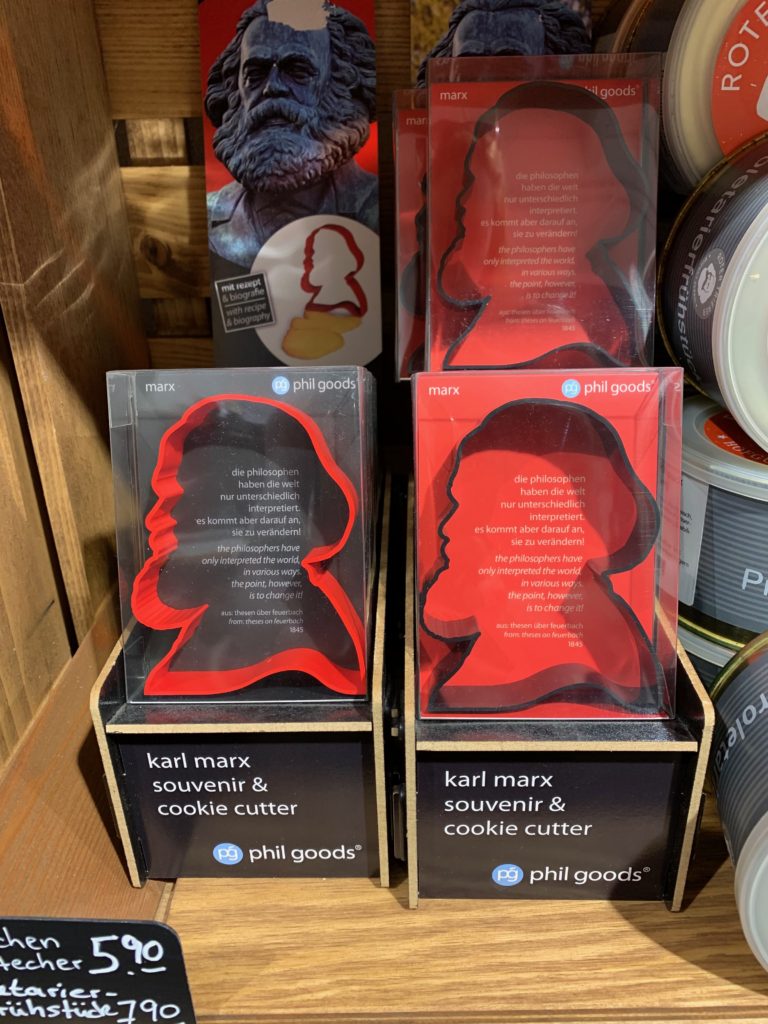
Our exploration of Trier started off modestly and in almost ironic fashion. It was Easter Sunday and we learned that Karl Marx was born in Trier. His childhood home was there for the visiting, and I had been sufficiently removed from my Contemporary Political Theory course at college to find the experience palatable. There was plenty within the house to demonstrate his impact on the world’s evolution of governance, but we imagined he was rolling over in his fancy Highgate Cemetery grave at the fact the gift shop made good profit on the 0€ notes selling for 3 euros.
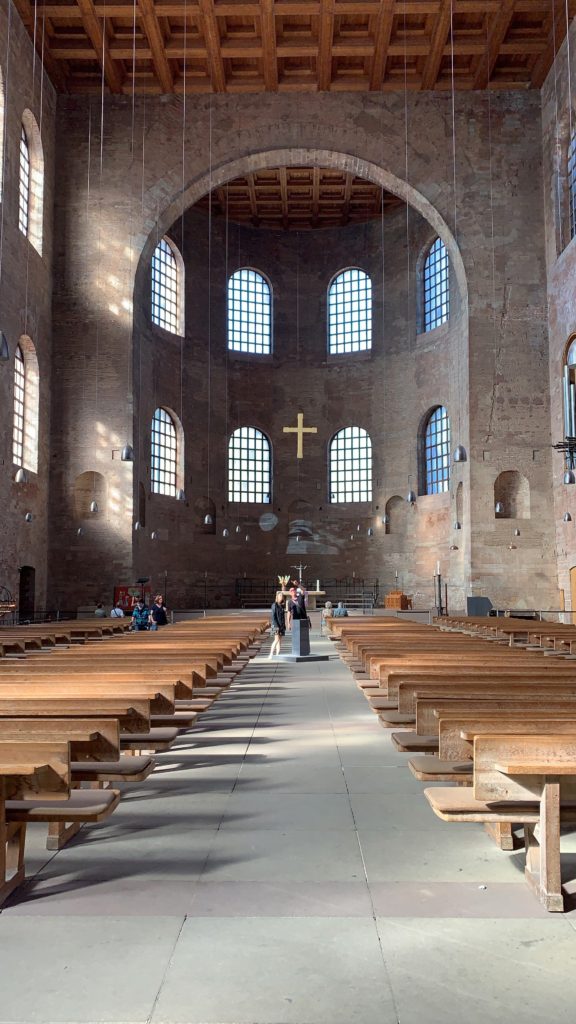
The Marx house was interesting, but much like how Edaville Railroad appeals to some and King Richard’s Faire to others, we found greater resonance in the historical architecture lining Trier’s city center. We started with the Roman gate, and then made our way past the 13thcentury House of the Three Magi before moving back in time to churches and Roman baths. We found it pretty neat to eat waffles with our names drawn in chocolate while only steps away from a basilica built by Constantine I in the 4thcentury. And this coexistence between old and new is not limited to Trier. All over the world you get notable vestiges of the past that are carefully maintained and protected—even we move ahead with seemingly better technology, ideas, and yes, better-tasting waffles.
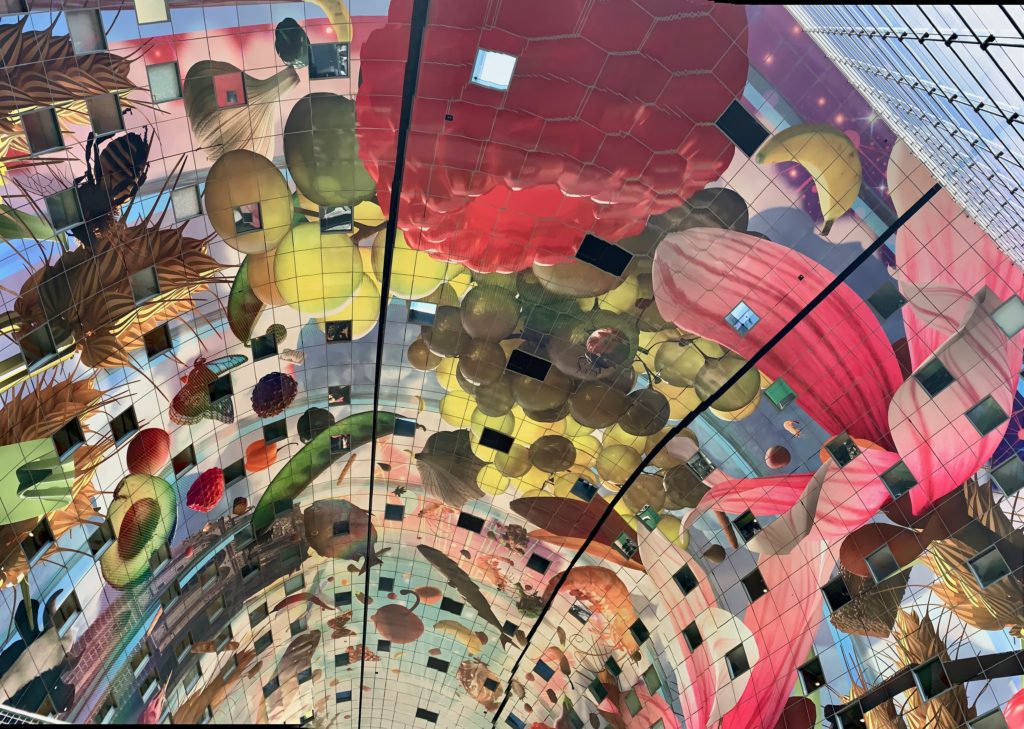
This past week I was also talking to a fellow servicemember about art. The conversation started because he mentioned about how, during a deployment, he’d brought an art book along for the mission. While I imagined that he’d selected it as a bit of escapist bedtime reading, he told me that the coffee table book was intended for his people. His intention was for them to learn a thing or two about the contents while away from home.
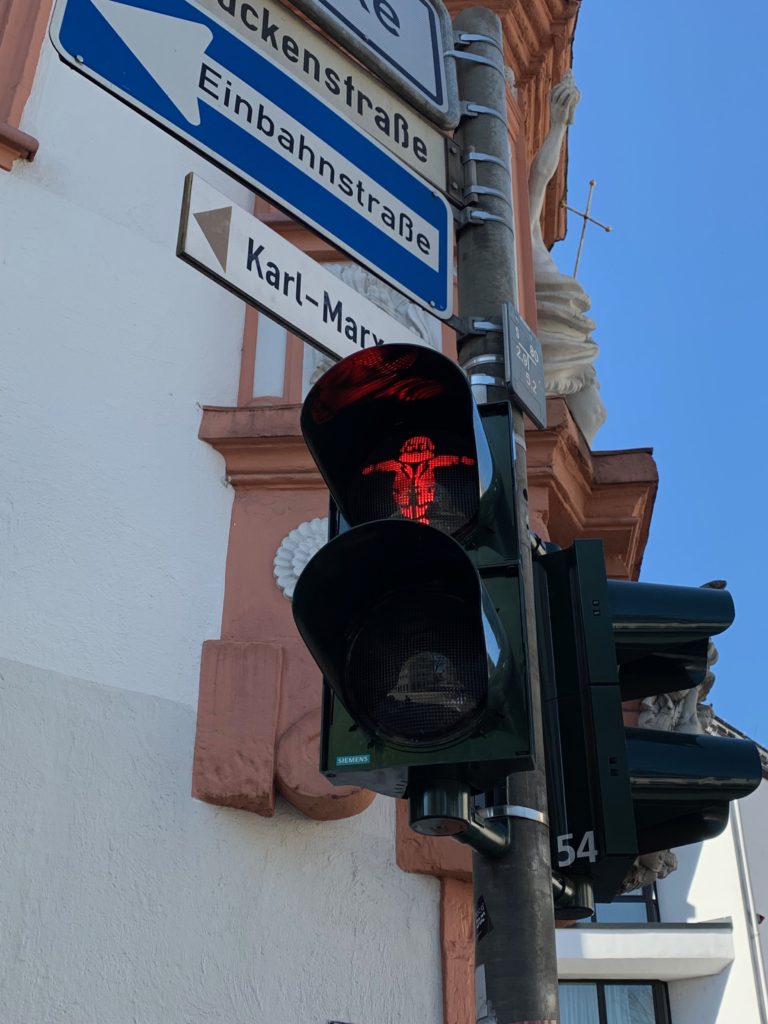
My initial reaction when he told me of his plan was that he was nuts. I had no doubt that his subordinates would waste no point in lodging a complaint against him. “That doesn’t sound exactly relevant to the mission,” I told him as delicately as I could. “Do you really think you can get away with forcing experts in warfare to learn about fine art during their duty hours?”
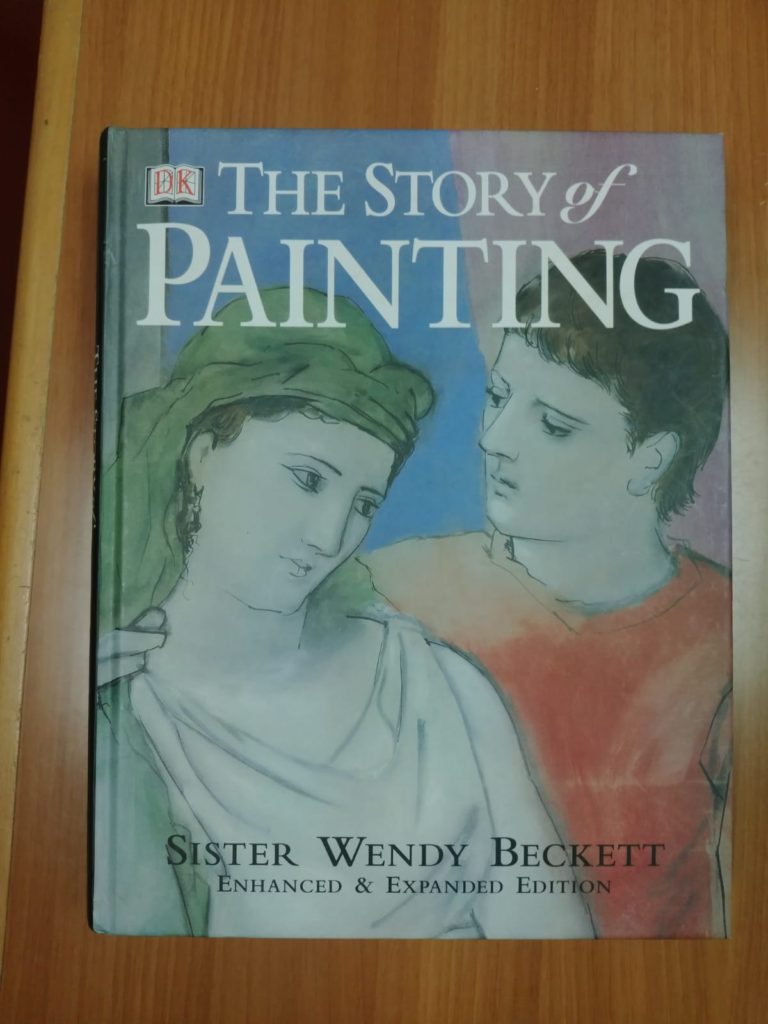
He didn’t even pause to consider my question. “Sure I can,” he said, “I think it’s important to take a few moments to consider the cultural significance in the world. Especially for those of us who devote so much time to figuring out the best way to blow something up.”
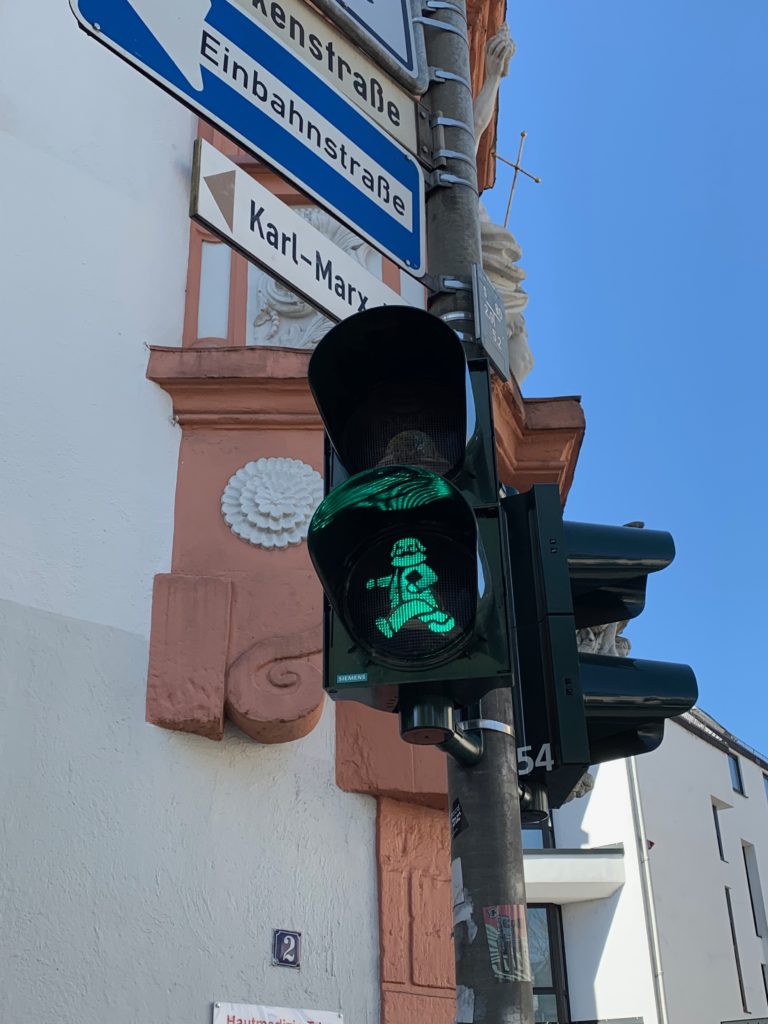
While I’m not sure that his people would see it his way, his perspective did cause me reframe my thinking. It also reminded me of a BBC story I’d recently heard on the reconstruction of buddha statues destroyed by the Taliban. It also made me think of the wonderful statue that currently stands atop the Fourth Plinth in Trafalgar Square: it’s a replica of a winged bull statue dating from 700 BC that was destroyed by ISIS in 2015. Whether it through accident, deliberate defacement or simply the passage of time, every day we lose a bit of something that has meaning beyond simple world domination.
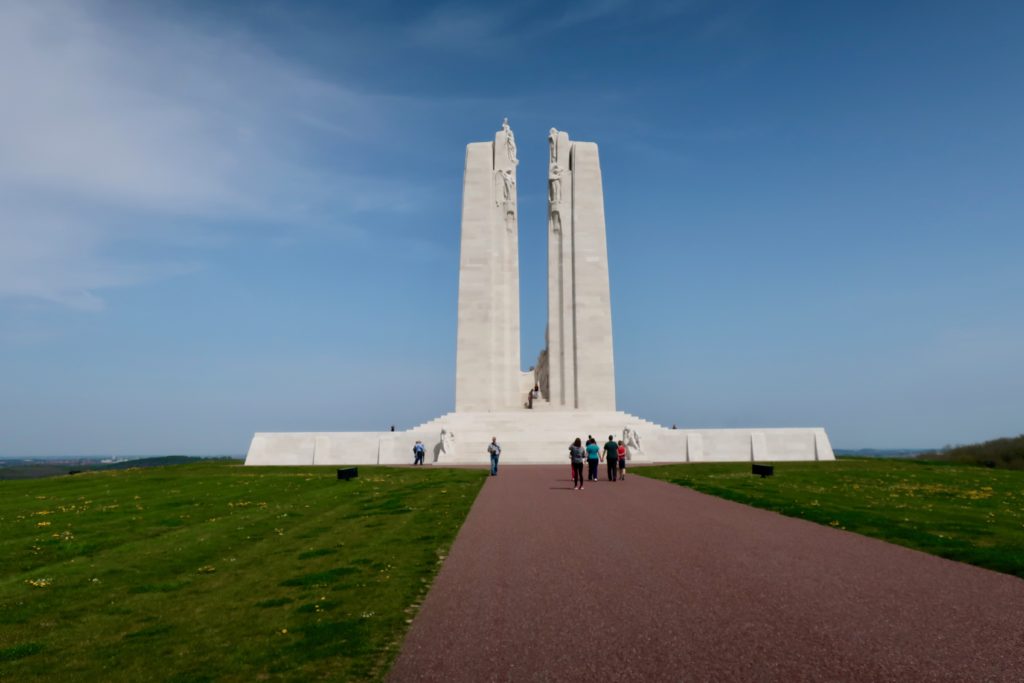
Back in Germany, my brother and I drove away from Trier armed with a greater, if not ineffable, understanding and appreciation for how layered and intricate our world truly is. As we made our way back to Calais through northern France, we also made a few stops at some notable war memorials. We paid our respects at the Somme American Cemetery before moving on to the Canadian National Vimy Memorial and the nearby memorial to the Moroccan Division known as the Zouaves. Culture and war might seem to be mutually exclusive concepts, but I can’t help but remember that both spring from us, the humans who build it all up and then sometimes blow it all away.
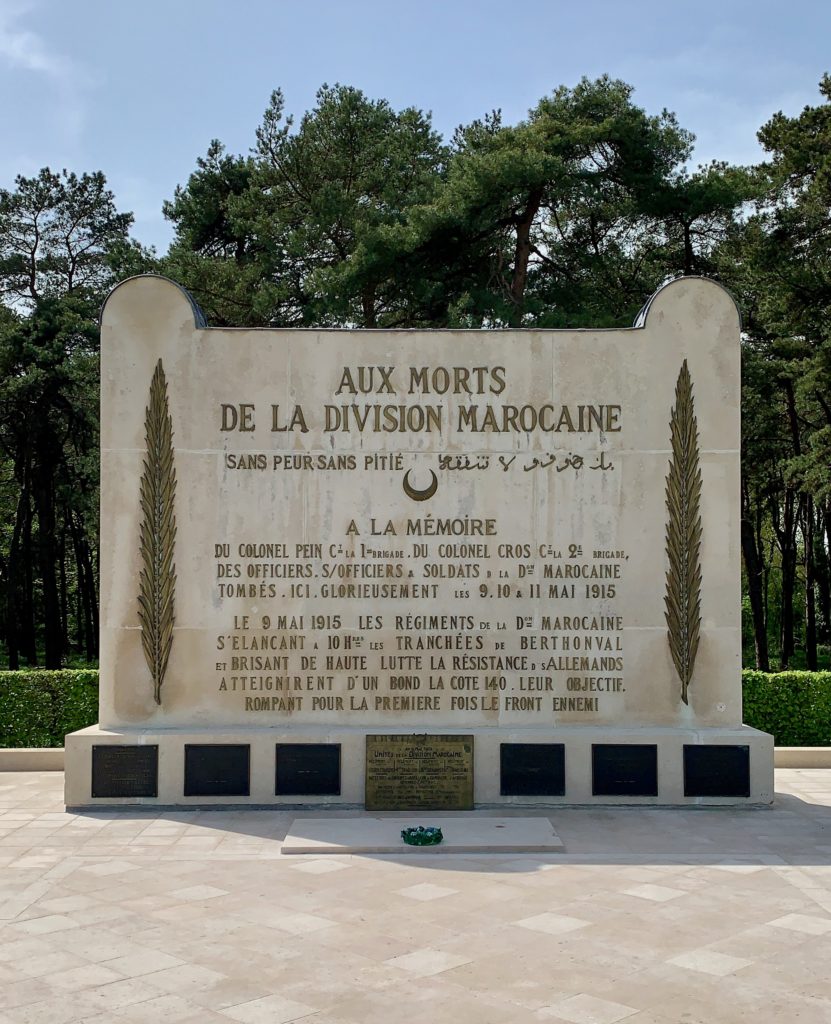
I have no idea if the impromptu art history lesson played well during my colleague’s deployment. If I’m being honest, I imagine that many of his people rolled their eyes and went back to focusing on their required tasks. But I have to believe that some seeds were planted and they may someday spring forth as something meaningful or memorable.
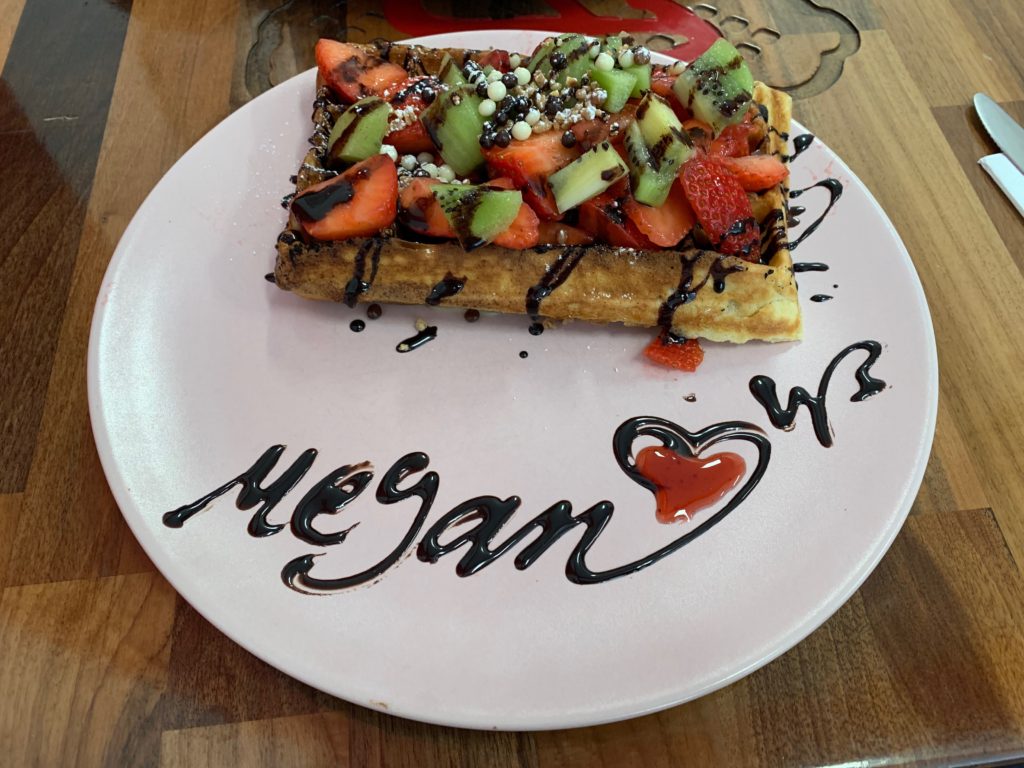
I am sure that when my parents first made that detour down an old road framed by tall pines, us kids probably sighed and imagined that the boring road was only delaying a return home that served our primary objectives: to eat bowls of half-microwaved ice cream and watch VHS movies. But the Carver memory is now a fond one. It might not have the grandeur of a Roman wall or a Renaissance masterwork, but I think it still fits into the same idea.
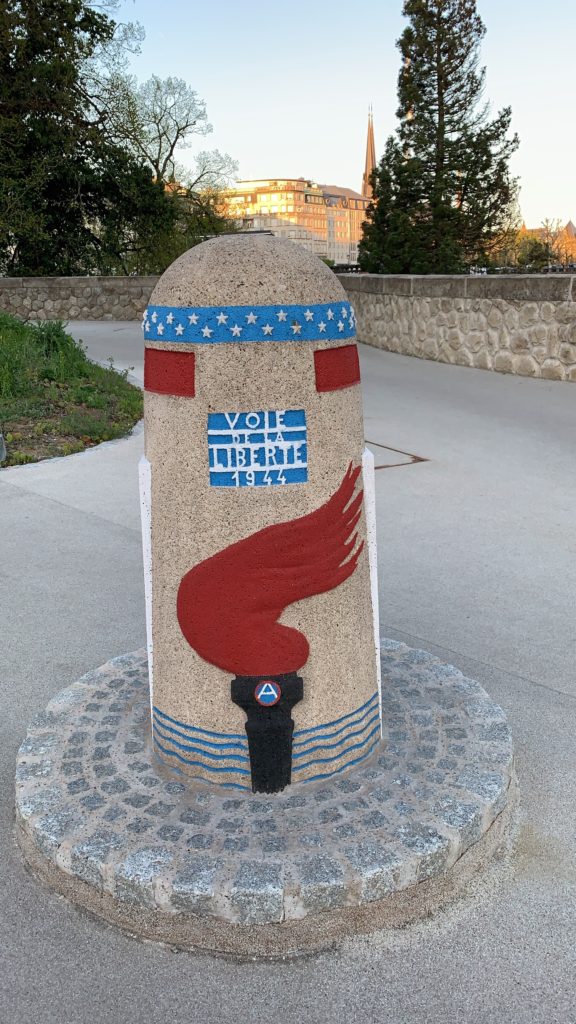
There is value in for veering off the road from time to time in order to experience an interruption in our linear way of thinking. Especially as adults. And maybe more so when you form part of a major defense organization that wields an impressive amount of firepower. All of my experiences, whether they were witnessed within my hometown borders or abroad, help me to remember that there is much in this world worth preserving. If I were not surrounded by so much art, culture, and a tactile sense of heritage, then I wouldn’t quite know why all of it would be worth fighting for.